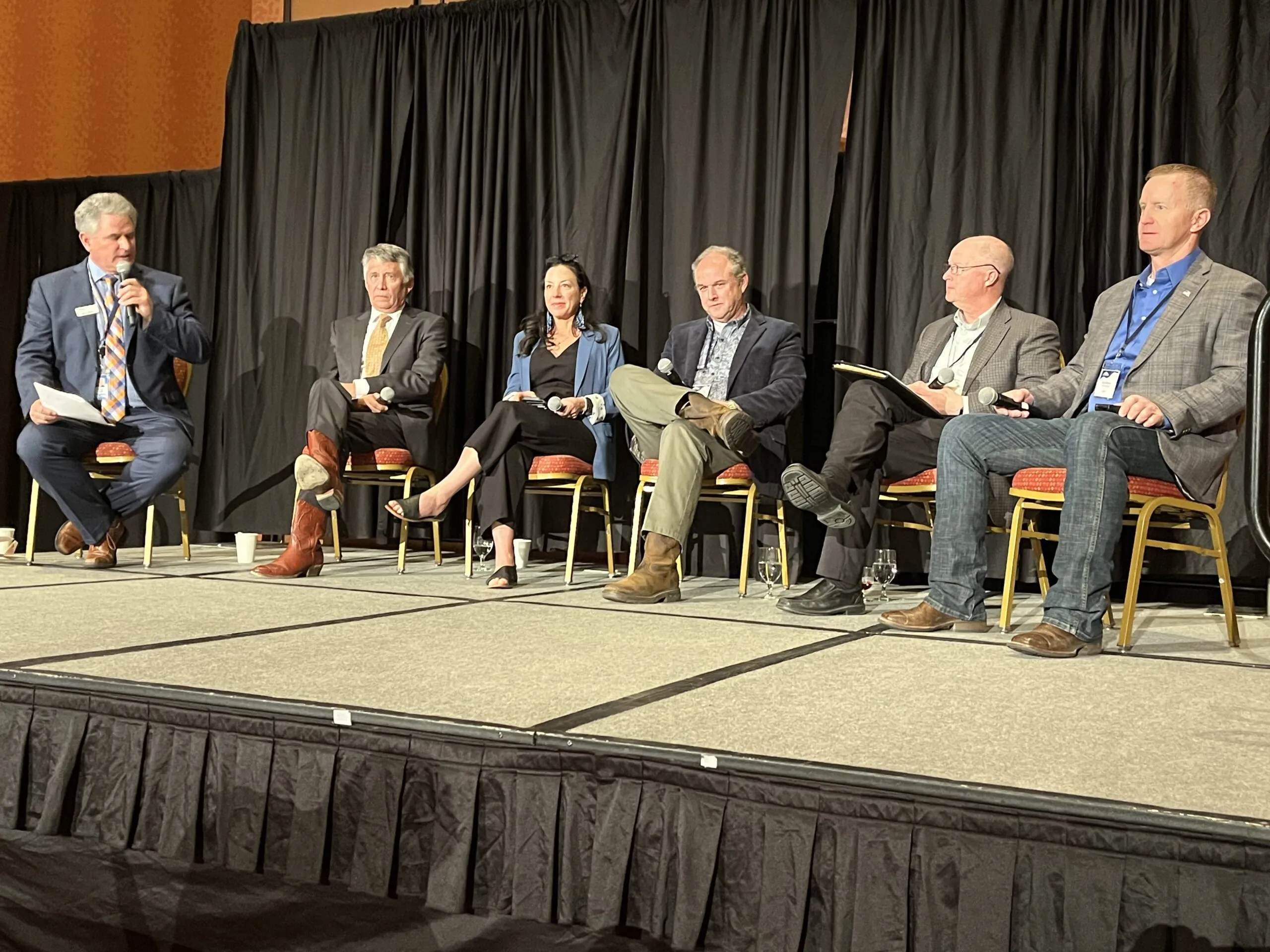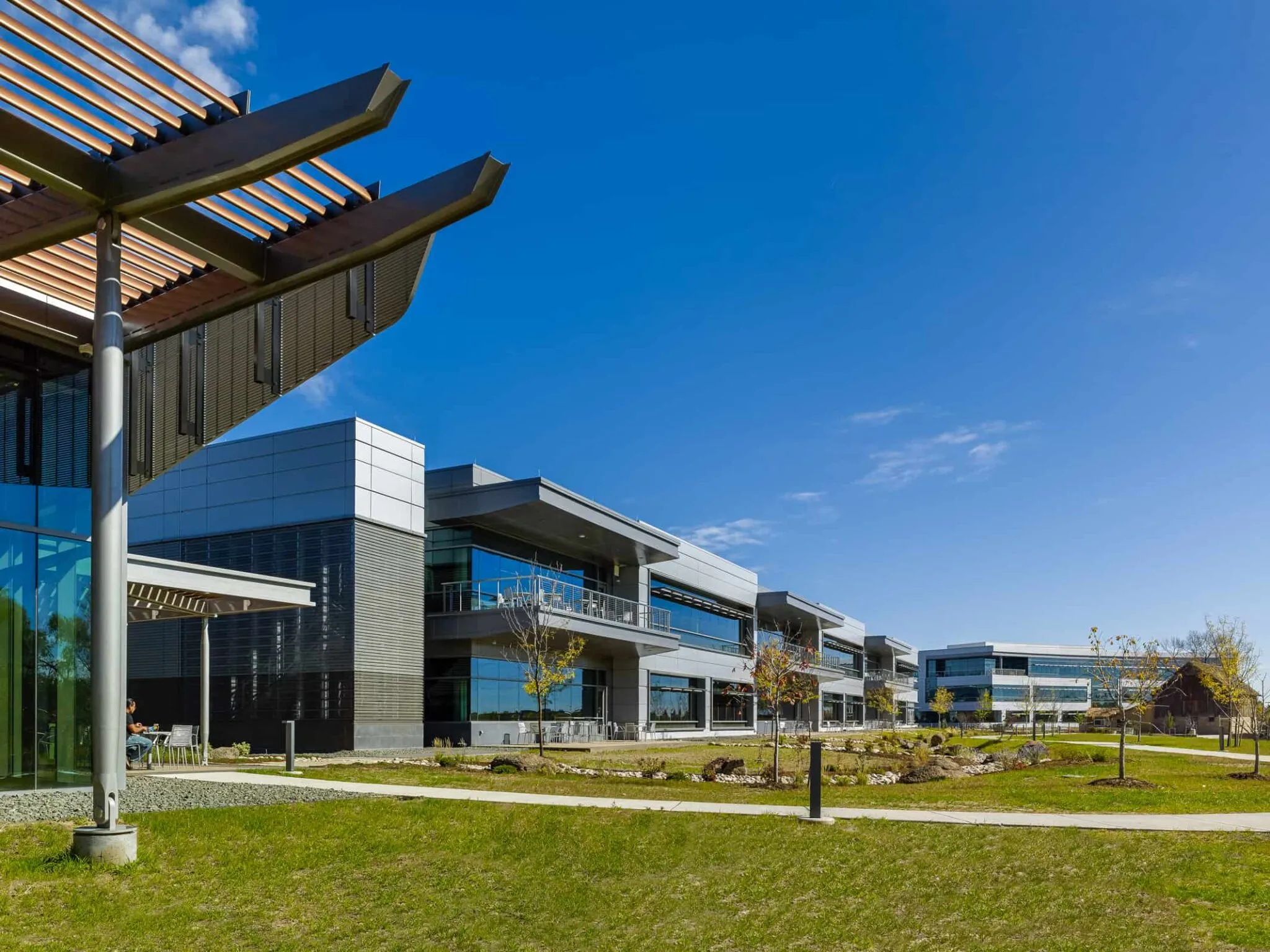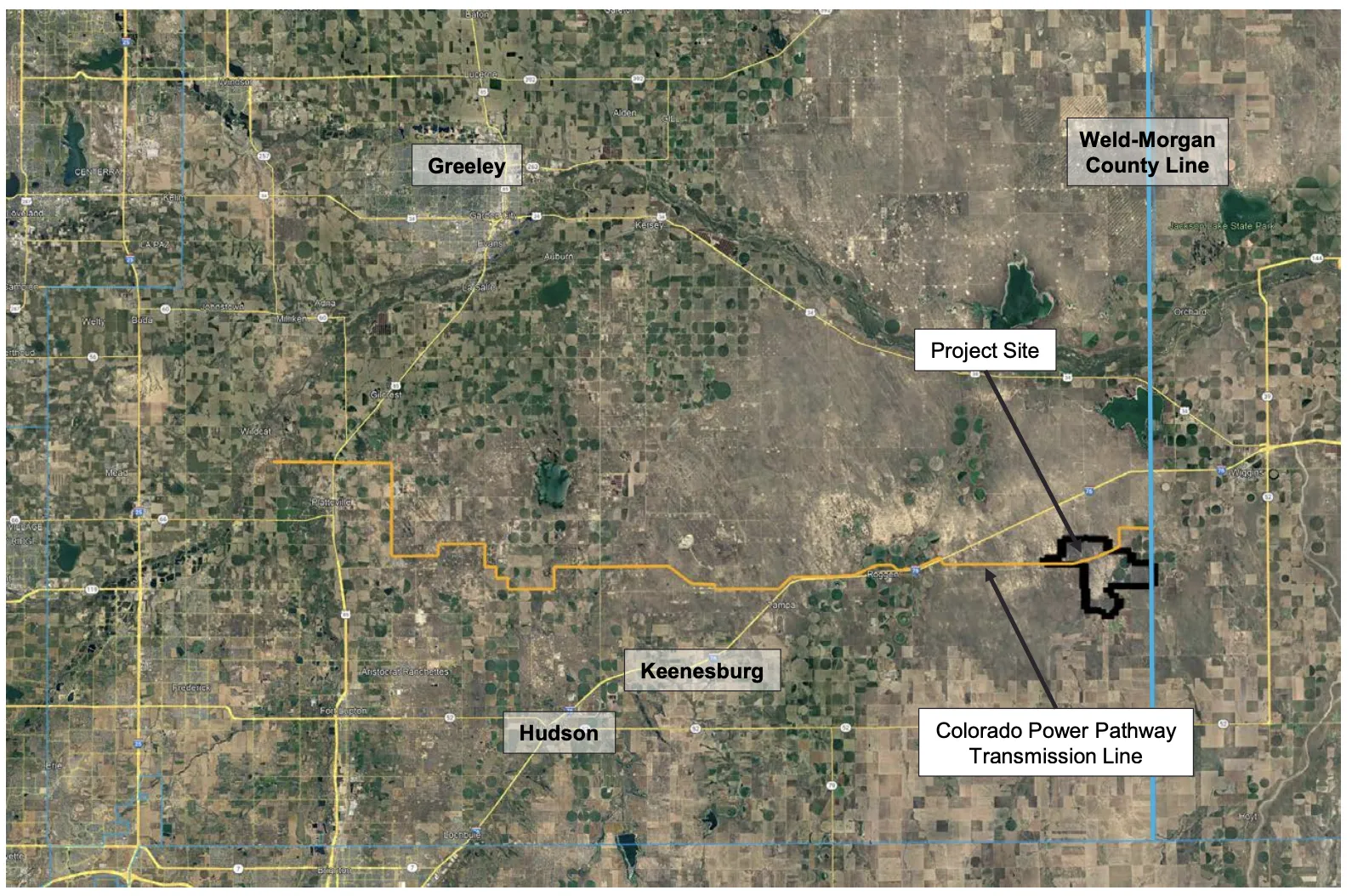Negotiators dig in to protect upper basin users of Colorado River

LOVELAND — Colorado’s commissioner on the Upper Colorado River Commission has dug in. She will insist upon equity — the guiding principle of the 1922 Colorado River Compact — in negotiations with the lower basin states of California, Arizona and Nevada.
“First and foremost, we want to protect existing uses. We honor the compact with (its call for) equity. Lower basin uses should not be viewed as more important than upper basin uses,” Becky Mitchell said, her voice rising.
Mitchell was one of five members of a panel discussion at the Fall Water Symposium, an annual event organized by the Northern Colorado…
THIS ARTICLE IS FOR SUBSCRIBERS ONLY
Continue reading for less than $3 per week!
Get a month of award-winning local business news, trends and insights
Access award-winning content today!





